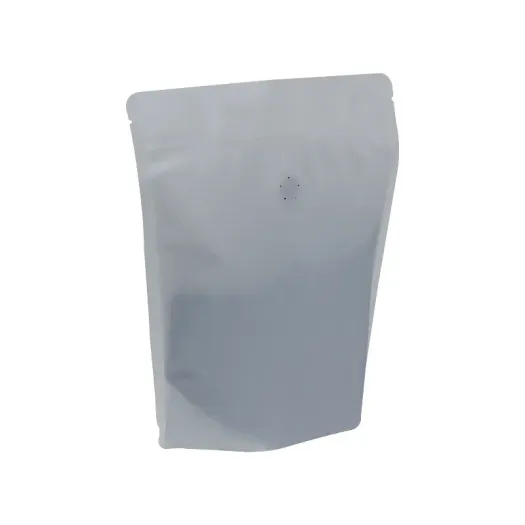- Afrikaans
- Albanian
- Amharic
- Arabic
- Armenian
- Azerbaijani
- Basque
- Belarusian
- Bengali
- Bosnian
- Bulgarian
- Catalan
- Cebuano
- chinese_simplified
- chinese_traditional
- Corsican
- Croatian
- Czech
- Danish
- Dutch
- English
- Esperanto
- Estonian
- Finnish
- French
- Frisian
- Galician
- Georgian
- German
- Greek
- Gujarati
- haitian_creole
- hausa
- hawaiian
- Hebrew
- Hindi
- Miao
- Hungarian
- Icelandic
- igbo
- Indonesian
- irish
- Italian
- Japanese
- Javanese
- Kannada
- kazakh
- Khmer
- Rwandese
- Korean
- Kurdish
- Kyrgyz
- Lao
- Latin
- Latvian
- Lithuanian
- Luxembourgish
- Macedonian
- Malgashi
- Malay
- Malayalam
- Maltese
- Maori
- Marathi
- Mongolian
- Myanmar
- Nepali
- Norwegian
- Norwegian
- Occitan
- Pashto
- Persian
- Polish
- Portuguese
- Punjabi
- Romanian
- Russian
- Samoan
- scottish-gaelic
- Serbian
- Sesotho
- Shona
- Sindhi
- Sinhala
- Slovak
- Slovenian
- Somali
- Spanish
- Sundanese
- Swahili
- Swedish
- Tagalog
- Tajik
- Tamil
- Tatar
- Telugu
- Thai
- Turkish
- Turkmen
- Ukrainian
- Urdu
- Uighur
- Uzbek
- Vietnamese
- Welsh
- Bantu
- Yiddish
- Yoruba
- Zulu
Eco-Friendly Pouch Packaging Solutions for a Greener Future in Sustainable Products
Embracing Sustainable Pouch Packaging A Greener Future
In an age where environmental concerns are at the forefront of consumers' minds, the significance of sustainable packaging cannot be overstated. Among the various forms of packaging available, pouch packaging has emerged as a popular choice due to its versatility, convenience, and lightweight properties. As brands seek innovative solutions to reduce their environmental footprint, sustainable pouch packaging stands out as a promising option to achieve both functionality and sustainability.
Pouch packaging, often made from flexible materials, can be designed to preserve products while minimizing waste. Traditional packaging options such as rigid plastics and glass jars tend to be heavier and more resource-intensive to produce. In contrast, pouches require less material, which not only reduces the amount of waste generated but also decreases energy consumption during production and transportation. As a result, brands utilizing sustainable pouch packaging can demonstrate their commitment to environmental responsibility while simultaneously lowering costs associated with shipping and materials.
One of the primary benefits of sustainable pouch packaging lies in its ability to utilize eco-friendly materials. Many manufacturers are now exploring biodegradable and compostable options crafted from plant-based resources, such as biofilms or recycled materials. This shift not only lessens reliance on fossil fuels but also addresses the growing issue of plastic pollution. For instance, when biodegradable pouches are disposed of, they break down into natural components more quickly than conventional plastic, significantly reducing their impact on landfills and oceans. Furthermore, advancements in printing technology have made it possible to apply eco-friendly inks, further minimizing the environmental footprint of pouch packaging.
sustainable pouch packaging

Consumers today are increasingly conscious of their purchasing decisions and are more likely to support brands that prioritize sustainability. By adopting sustainable pouch packaging, companies send a powerful message about their values and commitment to protecting the planet. This not only enhances brand loyalty but also attracts a broader customer base that is eager to support eco-conscious initiatives. Companies that innovate their packaging can set themselves apart in a competitive market, gaining a reputation as industry leaders in sustainability.
Moreover, sustainable pouch packaging can improve product shelf life through enhanced barrier properties, protecting contents from moisture, light, and oxygen. This capability can lead to reduced food waste, an important consideration given the staggering amounts of food that are discarded due to spoilage. By extending product freshness, sustainable pouches contribute to a circular economy, ensuring that consumers get maximum value from their purchases while also minimizing environmental distress caused by waste.
Challenges do exist in the transition to sustainable pouch packaging. The initial investment in research and development, as well as finding the right suppliers for eco-friendly materials, can be daunting for many businesses. Nonetheless, the long-term benefits—both economically and environmentally—outweigh these challenges. Collaboration within the industry, sharing best practices, and actively supporting sustainable initiatives can facilitate this transition.
In conclusion, sustainable pouch packaging not only presents a practical and innovative solution for modern packaging needs but also aligns with the growing consumer demand for environmental responsibility. As brands increasingly recognize the value of eco-friendly practices, the adoption of sustainable materials and designs in pouch packaging has the potential to reshape the landscape of the packaging industry. By embracing sustainable pouch packaging, companies can help lead the charge toward a greener future, benefiting both their bottom line and the planet.













